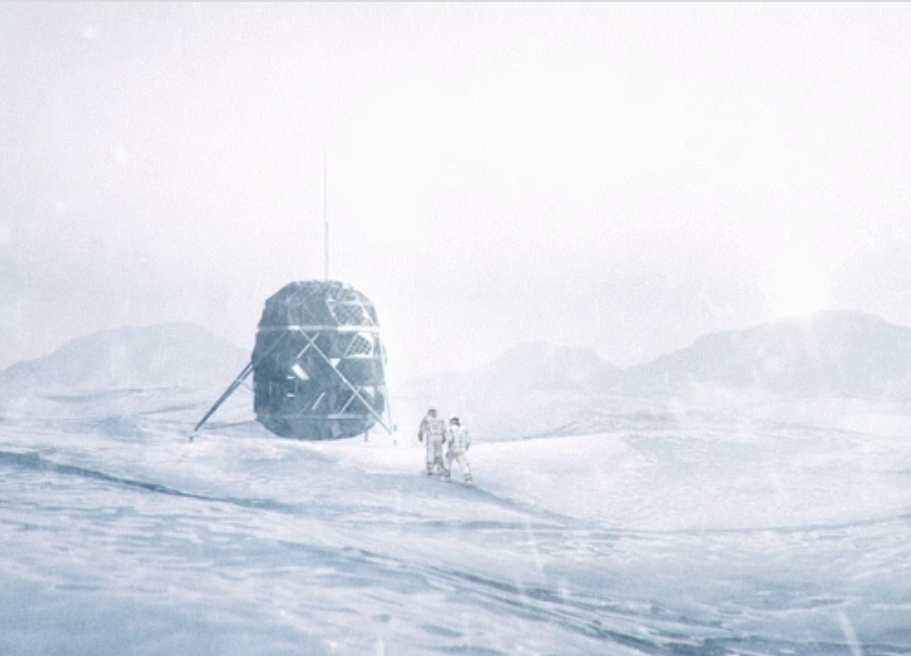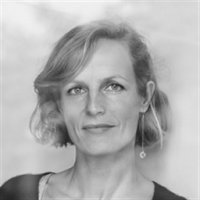As a Software Development graduate, Simon creates all the digital systems for the habitat that are necessary to keep astronauts alive - initially for three months in isolation in the unforgiving North Greenland.
A Software Development degree is truly versatile. Simon Kristensen uses his degree to build a home that can act as a home for astronauts on the moon – and who knows, maybe for us ordinary people at some point?
By combining the Japanese paper folding technique origami with 'biomimicry' – an imitation of nature's ingenious design – the company SAGA Space Architects has created a home that can be unfolded upon arrival on the moon.
But initially, the habitat will be tested in the autumn in northern Greenland, where the project's two co-founders Sebastian Aristotelis and Karl-Johan Sørensen will stay for three months on a simulated lunar mission.
"Our goal with the mission is to test what happens psychologically when you live in such a small habitat and with real dangers. Unfortunately, many other analogue missions are not realistic enough in our view - you can't test things properly if you can walk out the door at any time and drive home," says Simon Kristensen, who knows the other two from high school. Even at that time, he took a keen interest in space architecture and in how future habitats in these dangerous environments could function and what they could look like.
That the habitat is to be tested in Greenland is no coincidence. Northern Greenland, unlike experiments carried out elsewhere, is in fact dangerous in the form of extreme weather and polar bears, for example. And in Greenland, the participants in the expedition will also face psychological challenges very similar to those on the moon. This applies, for example, to the total isolation and lack of communication, the constant daylight, the monotonous landscape and the awareness that you cannot just get help or get away.
One of the goals is to create an optimal indoor climate in a hermetically sealed bubble – they must not only survive, but thrive. This means a fully optimised indoor climate, the use of plants indoors, zero waste and solar energy. And it won't just benefit future lunar expeditions. Since we humans spend 90 percent of our time indoors, the goal is that the solutions developed by SAGA Space Architects should benefit us people and the habitats on earth. Solutions that Simon Kristensen is very much behind.
The team behind the habitat has just launched a kick-starter campaign with the goal of collecting DKK 150,000 for materials. SEE MORE HERE.
You can read much more about the habitat and the mission HERE.
Translated into English by Camilla Reslet.




